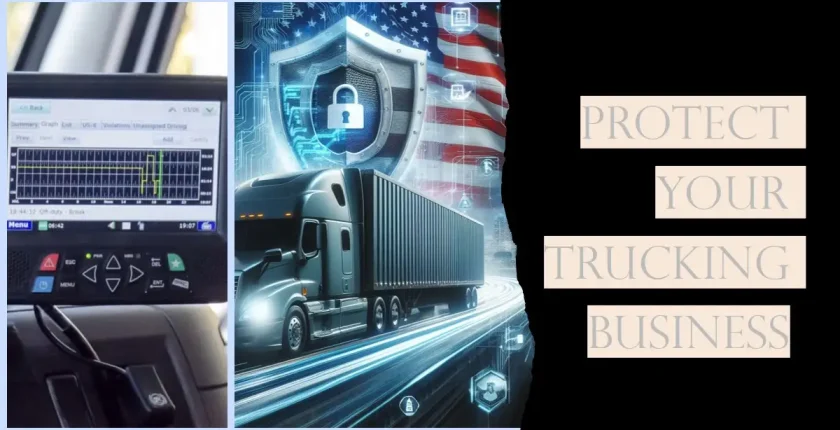Rising Cybersecurity Threats in Trucking: The Peril of ELD Vulnerabilities
The Digital Transformation of Trucking and Its Cybersecurity Challenges
The trucking industry’s leap into the digital age with Electronic Logging Devices (ELDs) has revolutionized how logistics operate, providing unprecedented accuracy, efficiency, and compliance. However, this digital transformation has also opened the door to new vulnerabilities, particularly in cybersecurity. As these devices become integral to our operations, the threat landscape evolves, posing significant risks to personal and operational safety. This article delves into the cybersecurity challenges facing the trucking industry, the vulnerabilities of ELD systems, and practical steps towards mitigating these digital dangers.
The Achilles Heel of Trucking Tech: ELD Cybersecurity Risks
The integration of ELDs into the trucking infrastructure was a game-changer for regulatory compliance and operational efficiency. Yet, this digital pivot has introduced a spectrum of cyber threats, from data breaches to full-scale operational disruptions. A groundbreaking study, “Commercial Vehicle Electronic Logging Device Security: Unmasking the Risk of Truck-to-Truck Cyber Worms” by Colorado State University researchers, highlights the fragility of these systems. It uncovers potential for unauthorized control, malicious firmware updates, and the propagation of cyber worms within the networked nature of ELDs. These vulnerabilities could lead to catastrophic cascading effects across commercial fleets, emphasizing the urgent need for fortified cybersecurity defenses.
The Hidden Dangers Within: ELDs as a Gateway for Hackers
ELDs, designed to streamline operational efficiencies, may inadvertently serve as a welcome mat for cybercriminals. These devices, while simplifying compliance and monitoring, also open a Pandora’s box of cyber risks. Unauthorized access to ELDs could compromise sensitive data, from personal information to crucial operational details, underscoring the need for heightened vigilance and robust security measures.
Implications and Real-world Consequences for the Trucking Industry
The cybersecurity vulnerabilities of ELDs have far-reaching implications, extending beyond mere data breaches to potentially endanger lives and disrupt the supply chain. Hackers exploiting these vulnerabilities could manipulate operational data, leading to unwarranted stops, misrouted deliveries, and compromised safety protocols. The ripple effects of such disruptions could escalate operational costs, delay critical deliveries, and ultimately, harm the industry’s reputation.
Forging a Path to Security: Strategies to Mitigate Cyber Threats
To counter these emerging threats, a multifaceted approach combining technological solutions and policy-driven strategies is imperative. Implementing multi-factor authentication, regular software updates, and end-to-end encryption can significantly enhance the security posture of ELD systems. Additionally, fostering a culture of cybersecurity awareness and adherence to industry standards, such as those by the FMCSA and NIST, will reinforce the industry’s defenses against cyber intrusions.
Conclusion: Steering Towards a Secure Digital Future
As the trucking industry navigates the challenges and opportunities of digitalization, prioritizing cybersecurity is not optional but essential. By understanding the vulnerabilities inherent in ELD systems and adopting comprehensive security measures, we can safeguard our digital infrastructure. Together, we can ensure that the trucking industry remains resilient, efficient, and, above all, safe in the face of evolving cyber threats.
